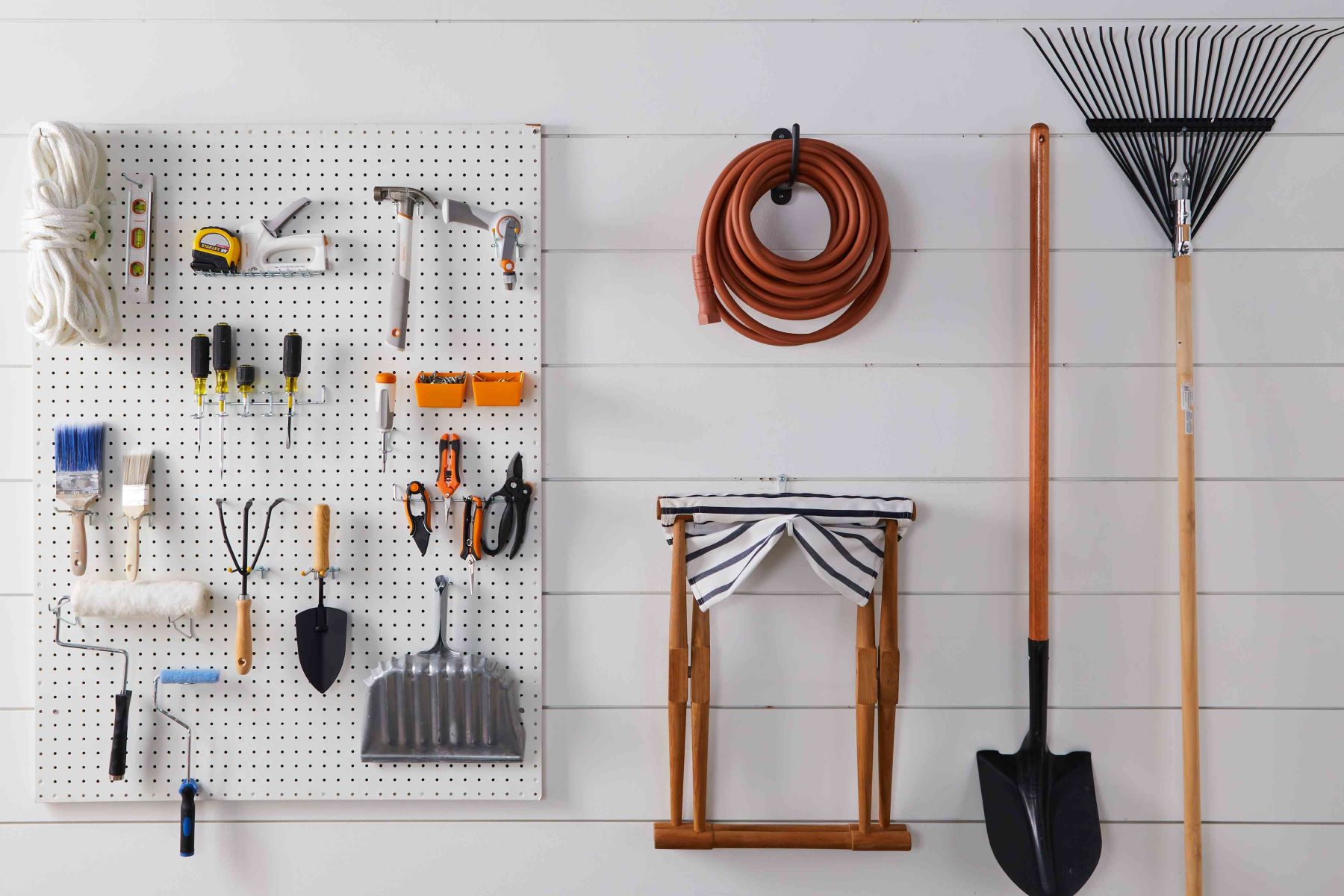

Articles
How To Store Tools In Apartment
Modified: January 23, 2024
Learn how to efficiently store and organize your tools in your apartment with these helpful articles. Get creative and maximize your limited space.
(Many of the links in this article redirect to a specific reviewed product. Your purchase of these products through affiliate links helps to generate commission for Storables.com, at no extra cost. Learn more)
Introduction
Living in an apartment often comes with limited space, making it challenging to find adequate storage for tools. Whether you are a DIY enthusiast, a handyman, or a professional tradesperson, having a well-organized tool storage system is essential for efficiency and productivity.
In this article, we will explore various methods and strategies to store tools in an apartment. We will cover everything from assessing your tools and space to creating DIY storage solutions, utilizing wall space, maximizing overhead storage options, and implementing tool storage solutions for small spaces.
By following these tips and guidelines, you can declutter your living area, keep your tools easily accessible, and maintain a tidy and efficient workspace in your apartment.
Key Takeaways:
- Efficiently store tools in your apartment by assessing space, decluttering, and utilizing wall-mounted organizers. Maintain an organized system to optimize productivity and create a clutter-free living environment.
- Maximize small space tool storage with vertical solutions, multi-functional furniture, and portable toolboxes. Regular maintenance and organization ensure easy access and efficient DIY projects.
Assessing Your Tools and Space
Before diving into organizing and storing your tools, it is crucial to assess your collection and the available space in your apartment. Start by taking an inventory of all the tools you own, categorizing them based on their function and frequency of use.
Consider which tools are essential and frequently used versus those that are rarely used or specialized. This evaluation will help you prioritize the tools that need easy access and determine the appropriate storage solutions for each category.
Next, take a careful look at your available space. Measure the dimensions of your apartment and identify any nooks, corners, or underutilized areas that can be transformed into storage spaces. This could include empty walls, closet doors, or even the area under your bed.
Additionally, consider the weight and size of your tools. Heavier tools may require more robust storage options, while smaller hand tools can be stored using different methods, such as wall-mounted racks or magnetic strips.
By thoroughly assessing your tools and available space, you will be able to plan and customize your tool storage solution accordingly. This will ensure that you make the most of the limited space in your apartment and have a well-organized system that suits your specific needs.
Decluttering and Sorting Tools
Once you have assessed your tools and space, the next step is to declutter and sort your tool collection. This process not only helps you eliminate any unnecessary or duplicate tools but also enables you to categorize them more effectively.
Start by gathering all your tools in one central location. This allows you to see the entirety of your collection and makes the sorting process easier. As you go through each tool, ask yourself if you have used it in the past year. If not, consider whether you truly need to keep it.
Separate your tools into different categories based on their function. Common categories include hand tools, power tools, gardening tools, plumbing tools, and woodworking tools. Creating distinct categories will make it easier to locate specific tools when you need them.
Once you have sorted your tools into categories, it is time to evaluate your storage options. Consider the size and quantity of tools in each category and determine the most efficient storage solution for each.
Discard any broken or non-functional tools, as well as any duplicates. These can take up valuable storage space and contribute to a cluttered work environment. If any tools are in good condition but no longer serve a purpose for you, consider donating them to a local community center, trade school, or charitable organization.
By decluttering and sorting your tools, you will streamline your collection, leaving you with only the tools that are essential and useful to you. This will make the organizational process much more manageable and create a more efficient and functional tool storage system in your apartment.
Organizing Tools by Category
Now that you have decluttered and sorted your tools, it is time to organize them by category. Grouping similar tools together not only makes your workspace more visually appealing but also helps you easily locate and access the tools you need.
Consider investing in storage containers or toolboxes specifically designed for different tool categories. For example, a dedicated toolbox for your hand tools or a compact case for your plumbing tools. This provides a designated space for each category and prevents tools from getting mixed up.
Label each container or toolbox to clearly indicate its contents. This will save you time and effort when searching for a specific tool. Additionally, it ensures that each tool is returned to its designated place after use, maintaining an organized storage system.
If you have a large collection of power tools, consider storing them in a dedicated cabinet or shelving unit with adjustable shelves. This allows you to customize the space according to your tool sizes and provides easy access and visibility to your power tools.
For smaller hand tools such as screwdrivers, wrenches, and pliers, consider using a wall-mounted rack or tool pegboard. This utilizes vertical space and keeps your tools within reach while minimizing clutter on your work surface.
Remember to consider the frequency of use when organizing your tools. Place frequently used tools in easily accessible spots, while tools that are used less frequently can be stored in less accessible areas. This ensures that your commonly used tools are always at hand when you need them.
By organizing your tools by category and utilizing dedicated storage solutions, you create a more efficient and visually appealing workspace. This not only improves your productivity but also helps you maintain a well-structured and organized tool collection in your apartment.
Utilizing Wall Space for Tool Storage
When it comes to maximizing storage in a small apartment, utilizing wall space is essential. Walls offer vertical storage opportunities that can help you save valuable floor space while keeping your tools easily accessible. Here are some ideas for utilizing wall space for tool storage:
1. Install a pegboard: A pegboard is a versatile and customizable storage solution. Mount a pegboard on the wall and add hooks, shelves, and baskets to hold different types of tools. This allows you to create a personalized layout based on your specific tool collection.
2. Use wall-mounted racks: Wall-mounted racks are ideal for storing long-handled tools such as shovels, rakes, and brooms. Mount the racks vertically on the wall and secure the tools in place. This not only keeps your tools organized but also makes them easily accessible and prevents them from cluttering your floor space.
3. Hang a magnetic strip: Magnetic strips are a great option for storing small hand tools, such as screwdrivers, wrenches, and pliers. Simply attach a magnetic strip to your wall, and your tools will stick to it, allowing you to grab the tools you need quickly.
4. Utilize wall-mounted baskets or bins: Wall-mounted baskets or bins provide a practical storage solution for smaller items or tool accessories. Hang them on the wall within reach, and use them to store screws, nails, tape measures, or other small tools and supplies.
5. Invest in wall-mounted cabinets or shelves: Wall-mounted cabinets or shelves provide additional storage space and help keep your tools organized and out of the way. You can opt for open shelves or cabinets with doors, depending on your preference and the level of visibility you desire.
Remember to consider the weight capacity of your chosen wall storage solutions. Heavier tools or equipment should be stored on more robust and secure options to ensure safety.
By utilizing wall space for tool storage, you optimize your storage capacity and create a visually appealing and organized workspace. This not only saves floor space in your apartment but also enables efficient access to your tools whenever needed.
Read more: How To Store Kayak In Apartment
Creating a DIY Pegboard Tool Organizer
A DIY pegboard tool organizer is a cost-effective and customizable solution for storing and organizing your tools. It provides a versatile and visually appealing storage option that can be tailored to fit your specific needs. Here is a step-by-step guide on how to create your own pegboard tool organizer:
1. Choose the right pegboard: Start by selecting a pegboard that fits your available wall space and tool collection. Pegboards come in various sizes and materials, such as wood or metal. Consider the weight and size of your tools when choosing the pegboard.
2. Prepare the wall and pegboard: Ensure that the wall you plan to mount the pegboard on is clean and free of any obstructions. Hold the pegboard against the wall and mark the mounting holes with a pencil. Use a level to ensure that the pegboard is straight.
3. Mount the pegboard: Drill pilot holes at the marked spots on the wall. Place wall anchors in the holes for added stability. Secure the pegboard to the wall using screws, ensuring that it is firmly attached and level.
4. Arrange pegboard accessories: Choose from a variety of pegboard accessories, such as hooks, shelves, and baskets, to customize your tool storage. Arrange them on the pegboard according to your tool type and size. Use different accessories to hold different tools for optimized organization.
5. Hang your tools: Hang your tools on the pegboard using the appropriate hooks or hangers. Keep frequently used tools within easy reach, and group similar tools together for efficient organization. Consider marking the silhouette of each tool on the pegboard to ensure they are returned to their designated spot after use.
6. Add labels and markings: Labeling the pegboard can further enhance organization and efficiency. Use adhesive labels or write directly on the pegboard to indicate which tools belong in each area. Color-coding or using symbols can also help identify tools and their designated spots.
7. Maintain and adjust as needed: Regularly assess your tool collection and make adjustments to the pegboard layout as necessary. As you acquire new tools or rearrange your workspace, make sure to accommodate the changes on the pegboard to maintain an organized system.
Creating a DIY pegboard tool organizer not only optimizes your storage space but also adds a decorative touch to your workshop or garage. It allows you to have easy access to your tools and keeps them neatly displayed and organized. Plus, it offers the flexibility to customize the layout and adapt it to your changing needs over time.
Using Magnetic Strips for Small Hand Tools
If you’re looking for a simple and efficient way to store and organize your small hand tools, using magnetic strips is a great solution. Magnetic strips provide a convenient and space-saving method to keep your tools easily accessible. Here’s how you can utilize magnetic strips for small hand tool storage:
1. Choose the right magnetic strip: Magnetic strips are available in various sizes and strengths. Consider the weight and size of your tools when selecting a magnetic strip. Ensure that it is strong enough to securely hold your tools, preventing them from falling off or shifting unintentionally.
2. Determine the ideal location: Decide where you want to mount the magnetic strip. It can be placed on a wall in your workshop, inside a cabinet door, or even on the side of a workbench. Choose a location that is easily within reach and provides convenient access to your tools.
3. Prepare the surface: Clean the chosen surface to remove any dirt or debris. This will ensure a firm grip and maximum adhesion for the magnetic strip. If required, use an appropriate adhesive to adhere the magnetic strip to the surface securely.
4. Arrange the tools: Place your small hand tools, such as screwdrivers, wrenches, and pliers, on the magnetic strip. The strong magnetic force will hold the tools in place, keeping them organized and easily visible.
5. Adjust tool placement: Arrange the tools on the magnetic strip based on their size and frequency of use. Keep frequently used tools closer to your working area for quick and easy access. Experiment with the positioning of the tools until you find a layout that works best for you.
6. Secure the magnetic strip (if necessary): Depending on the weight of your tools and the strength of the magnetic strip, you may need to secure it further. Use screws, adhesive tape, or additional mounting brackets to ensure that the strip remains firmly attached to the surface.
7. Regularly maintain and organize: Periodically assess your tool collection and ensure that the tools on the magnetic strip are necessary and frequently used. Remove any tools that are no longer needed or rarely utilized. This will keep the strip clutter-free and maintain its effectiveness.
Using magnetic strips for small hand tool storage provides a space-efficient and easily accessible solution. It keeps your tools organized, visible, and readily available whenever you need them. With minimal effort, you can create a functional storage system that saves valuable workspace in your apartment.
Consider using wall-mounted pegboards or shelves to store tools in your apartment. This will help save space and keep your tools organized and easily accessible.
Maximizing Storage with Shelving Units
When it comes to maximizing storage in an apartment, shelving units are a versatile and effective solution. They provide vertical storage space and help keep your tools and equipment organized and easily accessible. Here are some tips on how to maximize storage with shelving units:
1. Choose the right shelving unit: Select shelving units that are sturdy and durable, capable of supporting the weight of your tools and equipment. Consider adjustable shelves, as they allow you to customize the space according to the size and quantity of your items.
2. Plan the placement of the shelves: Assess your available wall space and determine the best location for your shelving units. Consider areas such as the garage, basement, or a designated workshop area where you can install the shelving units without obstructing the main living space.
3. Categorize and compartmentalize: Organize your tools and equipment into categories such as hand tools, power tools, gardening tools, or automotive tools. Within each category, consider using bins, baskets, or storage containers to create compartments. This helps keep similar items together and makes it easier to find what you need.
4. Utilize clear bins or labels: Transparent bins or clear storage containers allow for easy visibility of the contents, making it simple to locate specific items. If using opaque bins, label them clearly to ensure quick identification of the contents.
5. Prioritize frequently used items: Place frequently used tools and equipment on lower shelves for easy access. Reserve higher shelves for less frequently used items or those that require less frequent retrieval.
6. Consider overhead storage: If your apartment has limited floor space, consider utilizing overhead storage with the help of ceiling-mounted shelves or racks. This is an efficient way to store bulkier or seasonal items, such as camping gear or holiday decorations.
7. Keep safety in mind: When organizing heavy or bulky tools on shelves, make sure to distribute the weight evenly to prevent shelves from becoming unstable. Secure shelves to the wall if necessary, particularly if you have children or pets in the apartment, to avoid any accidents.
8. Regularly assess and declutter: Periodically go through your tools and equipment to declutter and remove any items that are no longer needed. This helps keep your shelving units organized, creates more space, and ensures that you only store what is necessary.
By maximizing storage with shelving units, you can efficiently utilize vertical space and keep your tools and equipment organized in your apartment. This not only helps create a clutter-free living environment but also allows for easy access and maximized productivity.
Utilizing Overhead Storage Options
When you have limited floor space in your apartment, utilizing overhead storage can be a game-changer. By making use of the vertical space above your head, you can create additional storage options for your tools and other belongings. Here are some ideas for utilizing overhead storage in your apartment:
1. Install ceiling-mounted shelves: Consider installing shelves directly on the ceiling or close to it. This allows you to create storage space for items that are not frequently used, such as seasonal decorations, camping gear, or bulky equipment. Ensure that the shelves are securely fastened to the ceiling to prevent any accidents.
2. Use overhead racks: Overhead racks can be a great solution for storing larger and heavier items. These racks are typically suspended from the ceiling and provide a sturdy platform for storing items like bicycles, ladders, or large toolboxes. Adjustable height options allow you to customize the distance from the ground based on your specific needs.
3. Utilize storage units with pulley systems: If you have items that are too heavy or cumbersome to manually lift and store, consider using storage units with pulley systems. These systems allow you to easily raise and lower the storage unit, providing convenient access to your tools and equipment without straining yourself.
4. Hang storage netting: Storage netting is a cost-effective and versatile solution for overhead storage. Mount the netting securely to the ceiling and use it to hold lightweight items such as sports equipment, bags, or even garden supplies. The netting keeps items neatly contained while still allowing for easy access.
5. Use the space above closets or cabinets: Take advantage of the space above your existing closets or cabinets to create additional storage. Install floating shelves or use storage bins to keep items organized and out of the way. This is a particularly useful option for storing items that are not frequently used but still need to be easily accessible.
6. Prioritize safety: When utilizing overhead storage options, ensure that the weight-bearing capacity of the ceiling or the storage unit is not exceeded. Always follow the manufacturer’s instructions and take necessary precautions to prevent items from falling or causing any damage.
By utilizing overhead storage options, you can free up valuable floor and wall space in your apartment. This allows you to keep your tools and belongings organized and easily accessible, while still maintaining a tidy and clutter-free living environment. Make the most of the vertical space available to you and maximize storage possibilities in your apartment.
Read more: How To Store Bicycle In Apartment
Storing Tools in Portable Toolboxes or Totes
When it comes to storing and transporting tools, portable toolboxes or totes are an excellent solution. These versatile storage options provide a convenient and organized way to keep your tools together and easily accessible. Here are some tips for storing tools in portable toolboxes or totes:
1. Choose the right size and design: Consider the size and quantity of your tools when selecting a portable toolbox or tote. Look for options that have multiple compartments or removable trays, as they offer enhanced organization and easy access to individual tools.
2. Categorize and arrange tools: Group similar tools together based on their function or usage. Place frequently used tools in easily accessible sections. This helps you locate specific tools quickly and maintain an organized toolbox.
3. Utilize tool foam inserts: Consider using foam inserts to keep tools securely in place within the toolbox. Foam inserts are customizable and help protect your tools from damage, while also providing a visual indication if any tool is missing from its designated spot.
4. Label and identify tools: Use labels or color-coded tape to mark the handle or head of your tools. This helps you easily identify and locate specific tools within the toolbox, especially when you’re working on a project that requires frequent tool changes.
5. Include essential accessories: In addition to storing your tools, make sure to include essential accessories such as extra batteries, drill bits, screws, or safety equipment. This ensures you have everything you need in one place, reducing the need to search for additional items during a project.
6. Consider tool-specific organizers: Some portable toolboxes and totes come with built-in organizers designed specifically for commonly used tools such as screwdrivers, wrenches, or pliers. These organizers keep your tools neatly separated and prevent them from becoming tangled or damaged during transportation.
7. Ensure durability and portability: Choose a toolbox or tote that is made of durable materials and has a secure closing mechanism. This ensures the safety and longevity of your tools while also providing ease of transportation. Look for options with comfortable handles or wheels for added convenience when carrying or moving the toolbox.
8. Regularly maintain and clean: Periodically assess your toolbox, removing any tools or items that are no longer necessary. Clean the toolbox to remove dust or debris that may have accumulated. This ensures that your tools remain in good condition and your toolbox stays organized.
Storing tools in portable toolboxes or totes not only keeps your tools organized but also allows for easy transportability. By following these tips, you can maintain an efficient and accessible storage system for your tools, whether you’re working in your apartment, taking your tools to a job site, or engaging in DIY projects.
Implementing Tool Storage Solutions for Small Spaces
Living in a small space doesn’t mean you have to sacrifice organization and accessibility when it comes to storing your tools. With some creativity and strategic planning, you can implement effective tool storage solutions that maximize the use of your limited space. Here are some ideas to help you implement tool storage solutions for small spaces:
1. Utilize vertical space: Take advantage of vertical space by installing wall-mounted shelves, pegboards, or magnetic strips. These options keep your tools organized and easily accessible while minimizing the use of valuable floor space.
2. Opt for multi-functional furniture: Look for furniture pieces that double as storage, such as ottomans with hidden compartments, benches with built-in storage, or work tables with drawers and shelves. These pieces allow you to store your tools while serving a practical purpose in your living area.
3. Consider portable and compact tool storage options: Invest in compact toolboxes, tool bags, or tool backpacks that can be easily stored in a closet or under a bed when not in use. These portable options provide a convenient way to keep your tools organized and readily available, without taking up much space.
4. Use underutilized spaces: Look for underutilized spaces in your apartment that can be transformed into tool storage areas. This could include the area under a staircase, the back of a door, or even the space between furniture and walls. Utilize storage bins, hanging organizers, or shelving units in these spaces to store your tools without cluttering your living area.
5. Create a designated workspace: Establish a designated workspace where you can perform your DIY projects or repairs. This dedicated area allows you to have all your tools and equipment in one place while containing any mess or clutter. Set up a folding table, a wall-mounted workbench, or a rolling cart that can be easily moved and stored when not in use.
6. Utilize the garage or outdoor space: If you have access to a garage or outdoor space, consider setting up a tool storage area there. Install shelves, cabinets, or pegboards to keep your tools organized and readily accessible, freeing up valuable space inside your apartment.
7. Maximize storage with modular systems: Invest in modular storage systems that can be customized to fit your specific needs. These systems often include different-sized drawers, shelves, and compartments that can be combined and rearranged to create an efficient storage solution for your tools and equipment.
Remember to regularly declutter and reassess your tool collection to ensure that you are only storing tools that are necessary and frequently used. This will prevent unnecessary accumulation and help you maintain an organized and functional tool storage system in your small space.
With these tool storage solutions for small spaces, you can keep your tools organized, accessible, and out of the way, allowing you to make the most of your living area while still pursuing your DIY projects and repairs.
Maintenance and Organization Tips
Maintaining an organized and efficient tool storage system requires regular maintenance and upkeep. By following these maintenance and organization tips, you can ensure that your tools are always readily accessible and your storage space remains clutter-free:
1. Clean tools after use: After completing a project, take the time to clean your tools before returning them to their designated storage spots. Remove any dirt, dust, or debris that may have accumulated during use. This not only keeps your tools in good condition but also prevents dirt from spreading to other tools in storage.
2. Sharpen and maintain tools: Regularly inspect and sharpen your cutting tools, such as chisels, blades, or drill bits. This ensures that they remain in optimal working condition and extends their lifespan. Keep tools properly lubricated and follow maintenance guidelines to prevent rust or corrosion.
3. Schedule regular tool inventory: Set aside time periodically to take inventory of your tools. This helps you assess if any tools are missing or need replacement. It also allows you to reorganize your storage system based on any changes in your tool collection or usage frequency.
4. Revisit organization methods: As your tool collection evolves or your needs change, it’s important to reassess your organization methods. Consider if any adjustments need to be made to the storage layout or the types of storage solutions being used. Flexibility in organization is key to maintaining an organized system that works for you.
5. Label and categorize: Clearly label storage containers, shelves, or drawers to identify the contents within. Use color-coded labels or tags to distinguish between different categories of tools. This makes it easier to find specific tools and ensures that they are returned to their designated spot after use.
6. Regularly declutter: Periodically review your tool collection and declutter any tools that are no longer needed or rarely used. Donate or sell tools that are still in good condition but no longer serve a purpose for you. Removing unnecessary tools will create more space, streamline your storage system, and make it easier to find and access tools when needed.
7. Safety first: Store sharp or dangerous tools properly to prevent accidents. Keep them out of the reach of children or pets and consider adding locks or safety measures if necessary. Ensure that live power tools are stored safely, with batteries removed or unplugged, to prevent any accidental activation.
8. Regularly clean and organize storage areas: Take the time to clean and organize your storage areas, whether it’s a toolbox, shelving unit, or a dedicated workspace. Wipe down surfaces, remove any dust or debris, and reorganize tools as needed. This not only enhances the visual appeal but also helps maintain an efficient and functional storage system.
By incorporating these maintenance and organization tips into your tool storage routine, you can create a streamlined and efficient system that ensures your tools are always accessible, organized, and well-maintained. Regular maintenance and organization efforts will help you stay on top of your tool collection, improve productivity, and enhance your overall workspace.
Conclusion
Storing tools in an apartment can be a challenge due to limited space, but with the right strategies and storage solutions, it is possible to keep your tools organized and easily accessible. By assessing your tools and space, decluttering, and sorting your tools, and utilizing various storage options, you can create an efficient and functional tool storage system.
Organizing tools by category and utilizing wall space, such as pegboard organizers and magnetic strips, helps maximize storage while keeping your tools within reach. Shelving units and overhead storage options optimize vertical space and provide additional storage capacity, while portable toolboxes and totes offer convenience and versatility for easy tool transportation, especially in smaller spaces.
Implementing tool storage solutions in small spaces requires creativity and strategic planning. Utilizing vertical space, multi-functional furniture, and underutilized areas can help create efficient storage areas without sacrificing living space. Modular systems and designated workspaces contribute to effective organization and productivity.
Maintenance and organization are essential to sustain an organized tool storage system. Regular cleaning, sharpening, and inventory checks ensure that tools remain in good condition and readily available. Labeling, categorizing, decluttering, and reassessing storage systems contribute to efficient organization and easy tool retrieval. Safety should always be a priority when storing and organizing tools.
In conclusion, by implementing the tips and strategies outlined in this article, you can overcome the challenges of storing tools in an apartment. From assessing your tools and space to decluttering, utilizing storage solutions, and maintaining organization, you can create a functional and efficient tool storage system that maximizes your limited space and facilitates your DIY projects or repairs. With a well-organized tool collection, you can enjoy a clutter-free living environment and optimize your productivity whenever you need to tackle a project.
Frequently Asked Questions about How To Store Tools In Apartment
Was this page helpful?
At Storables.com, we guarantee accurate and reliable information. Our content, validated by Expert Board Contributors, is crafted following stringent Editorial Policies. We're committed to providing you with well-researched, expert-backed insights for all your informational needs.
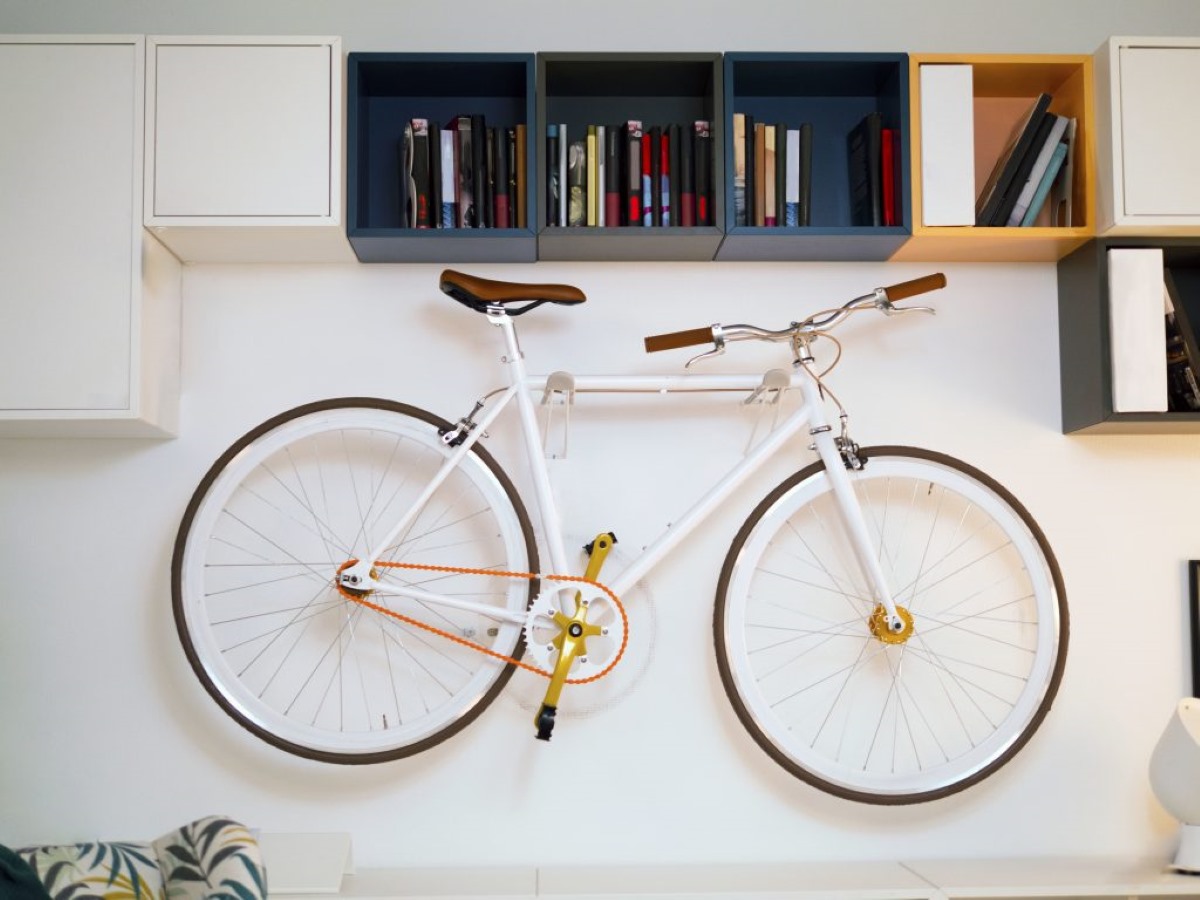
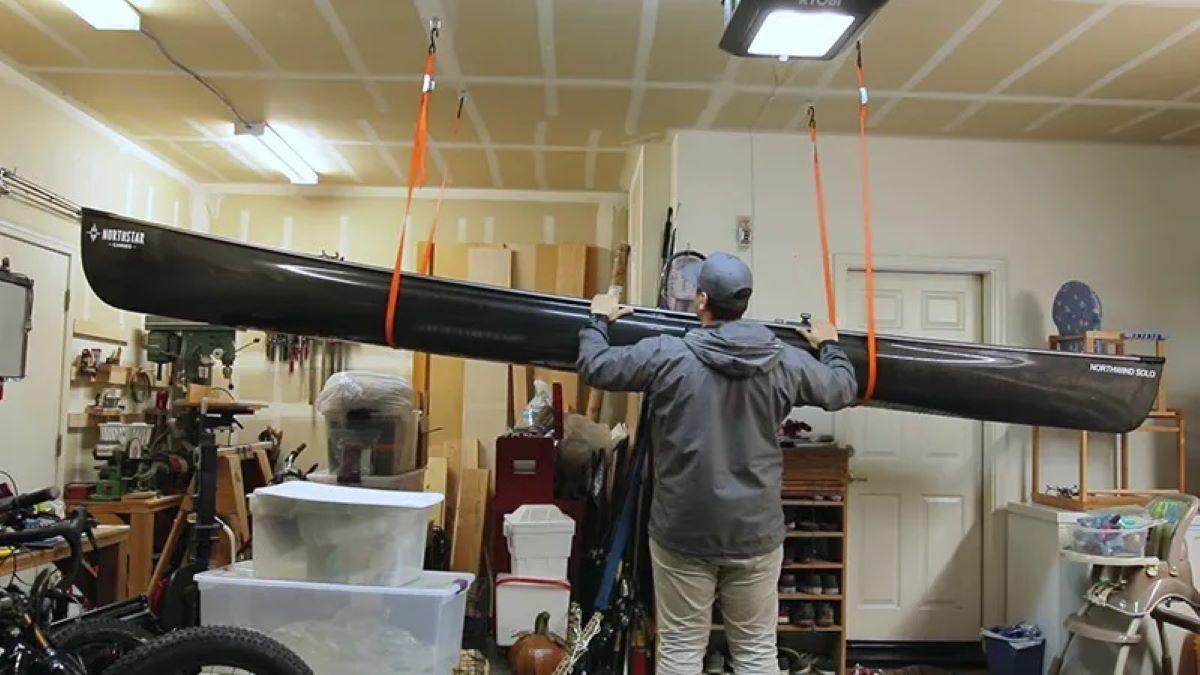




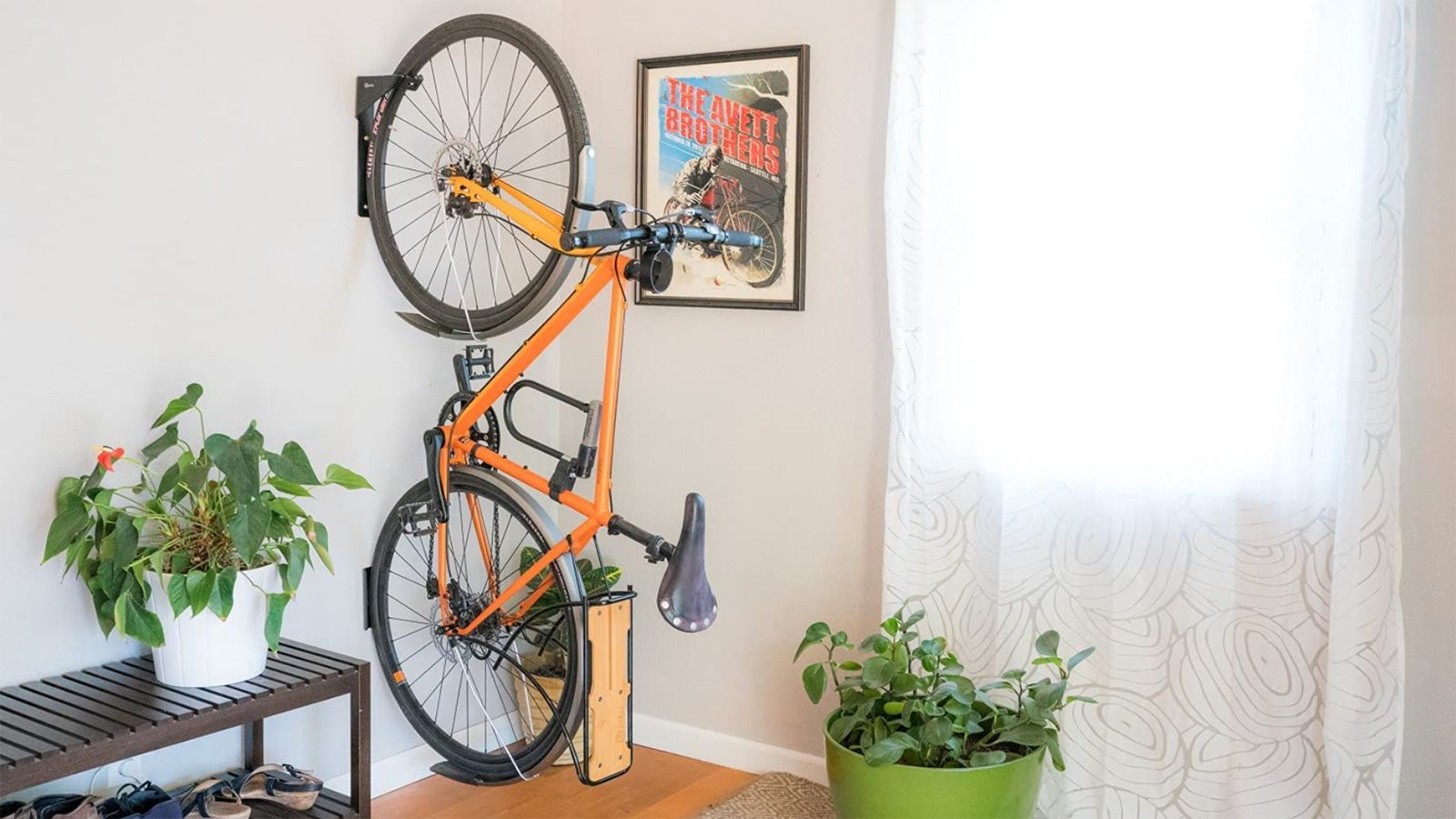
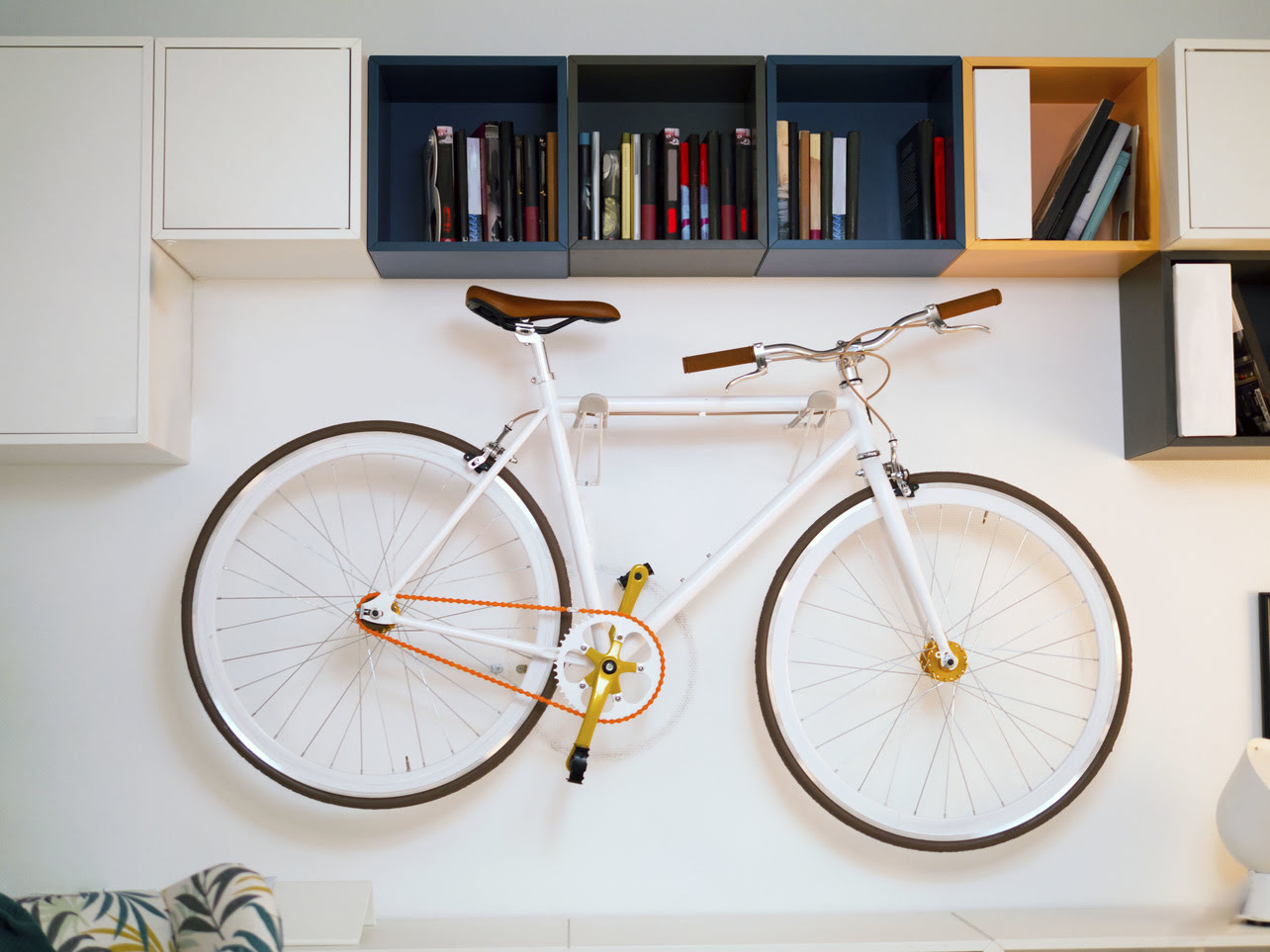
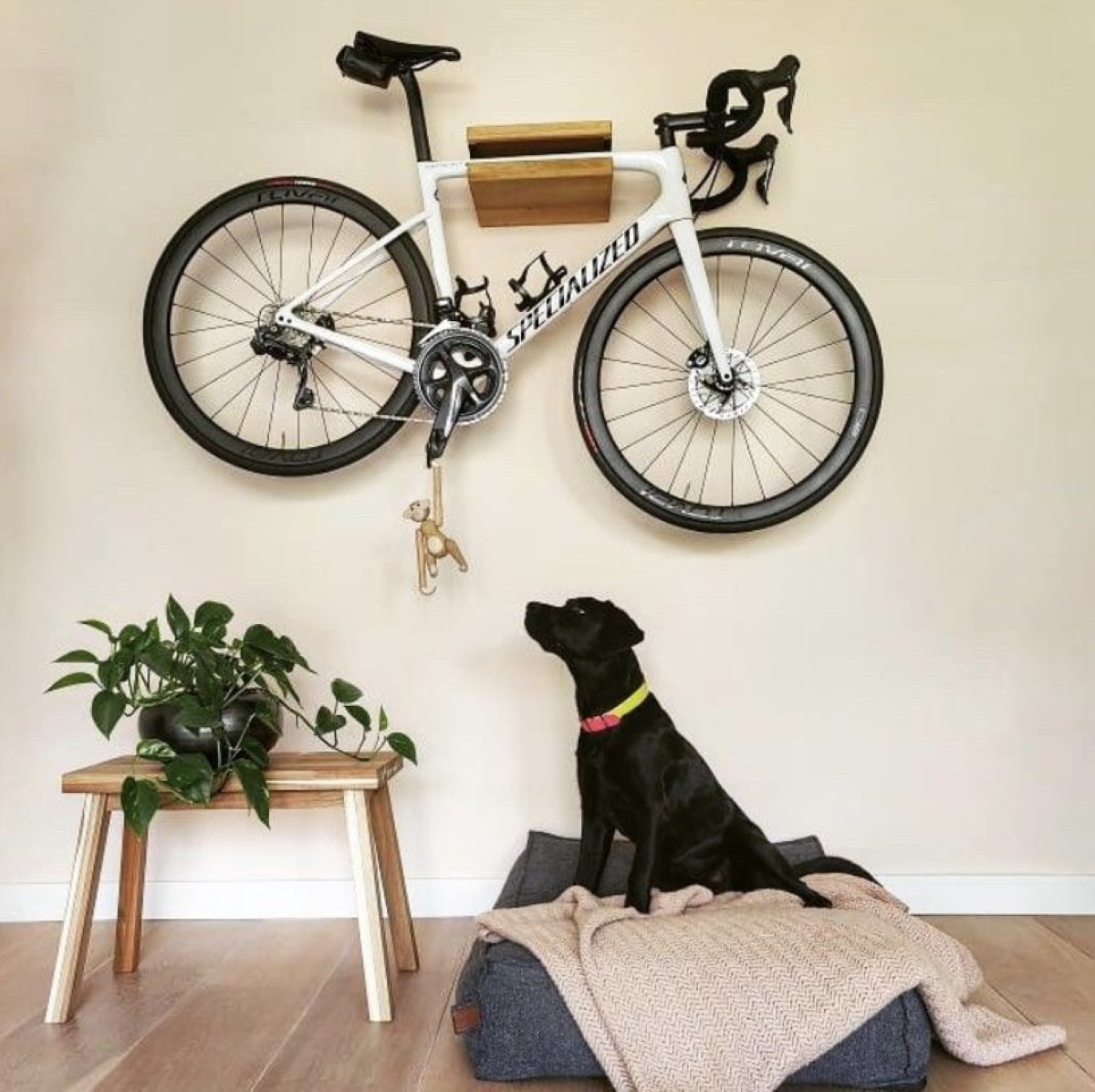

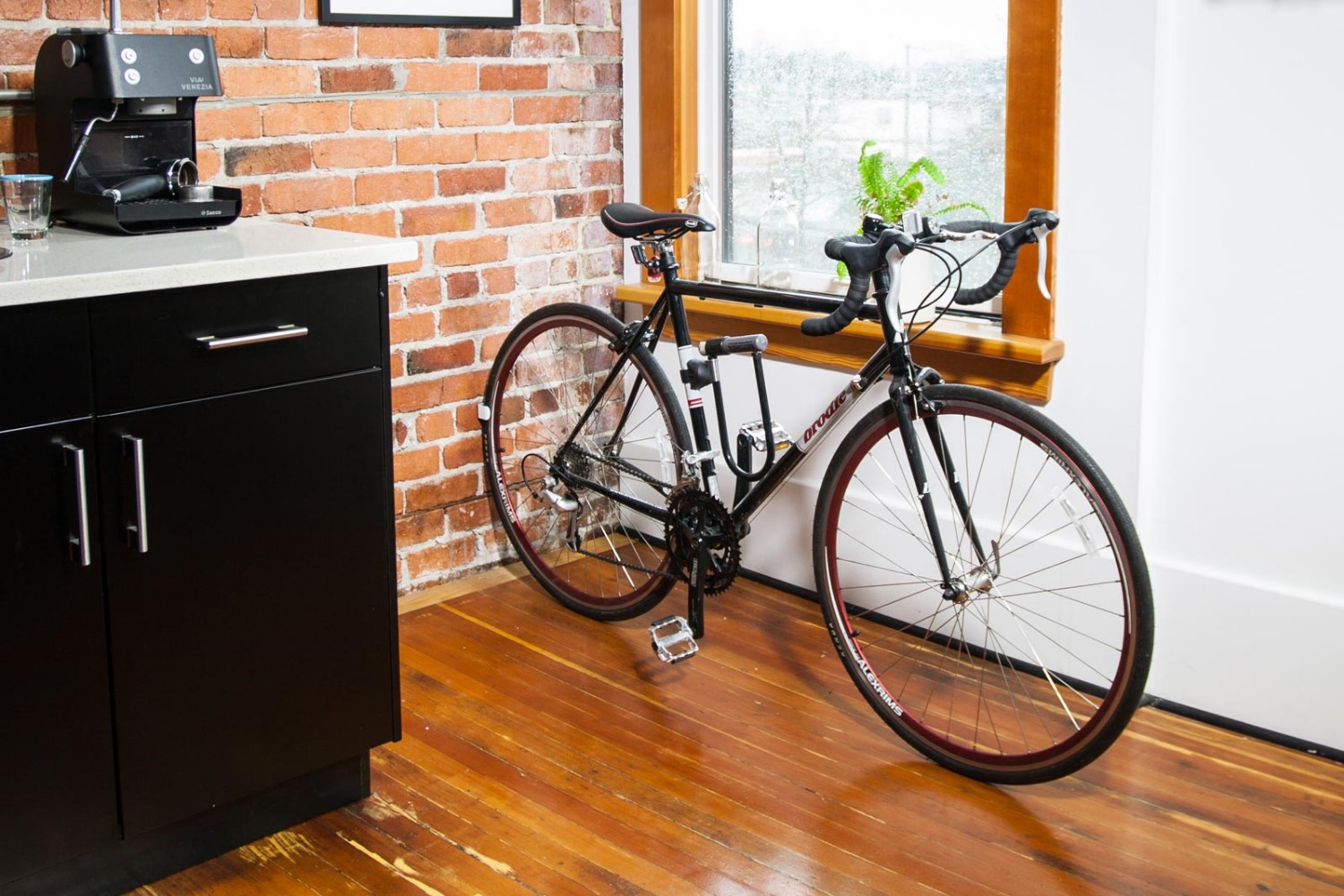
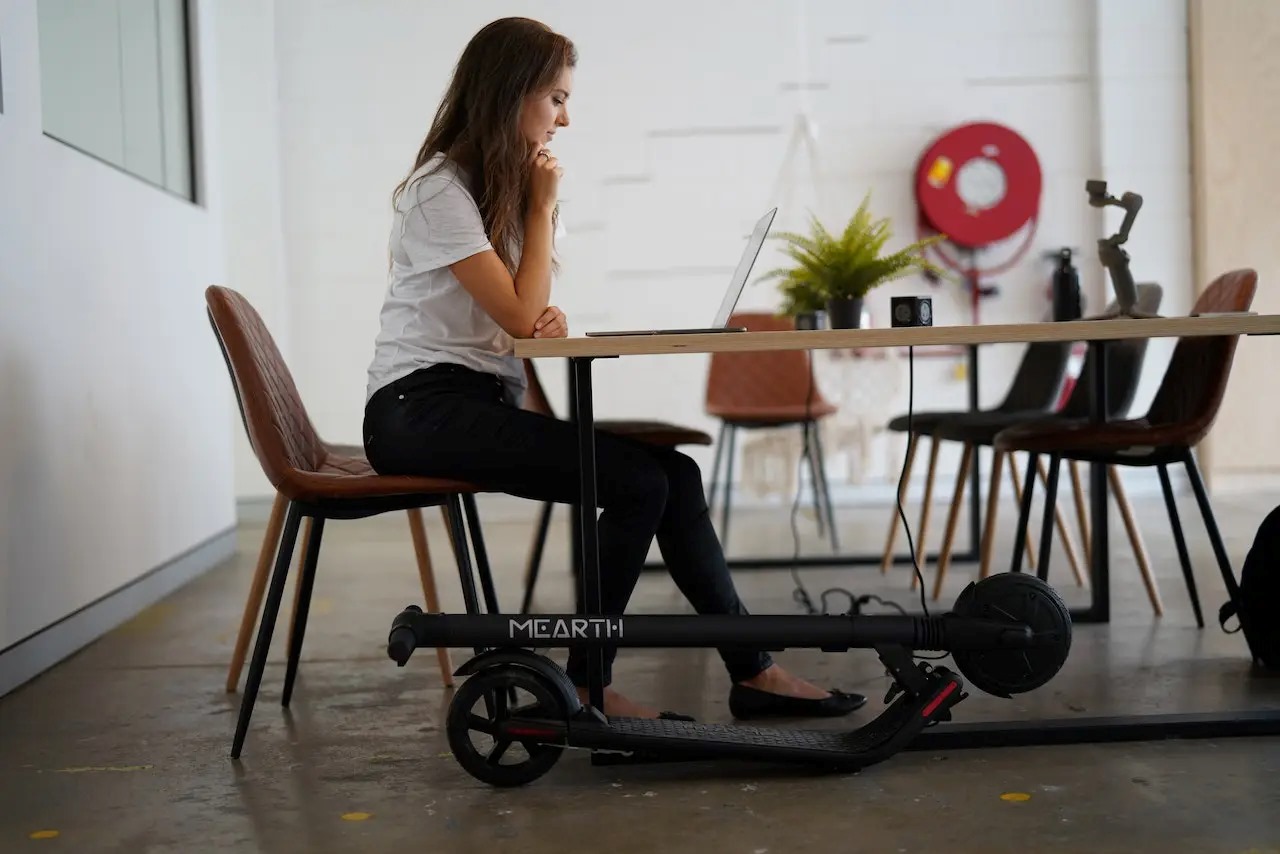


0 thoughts on “How To Store Tools In Apartment”